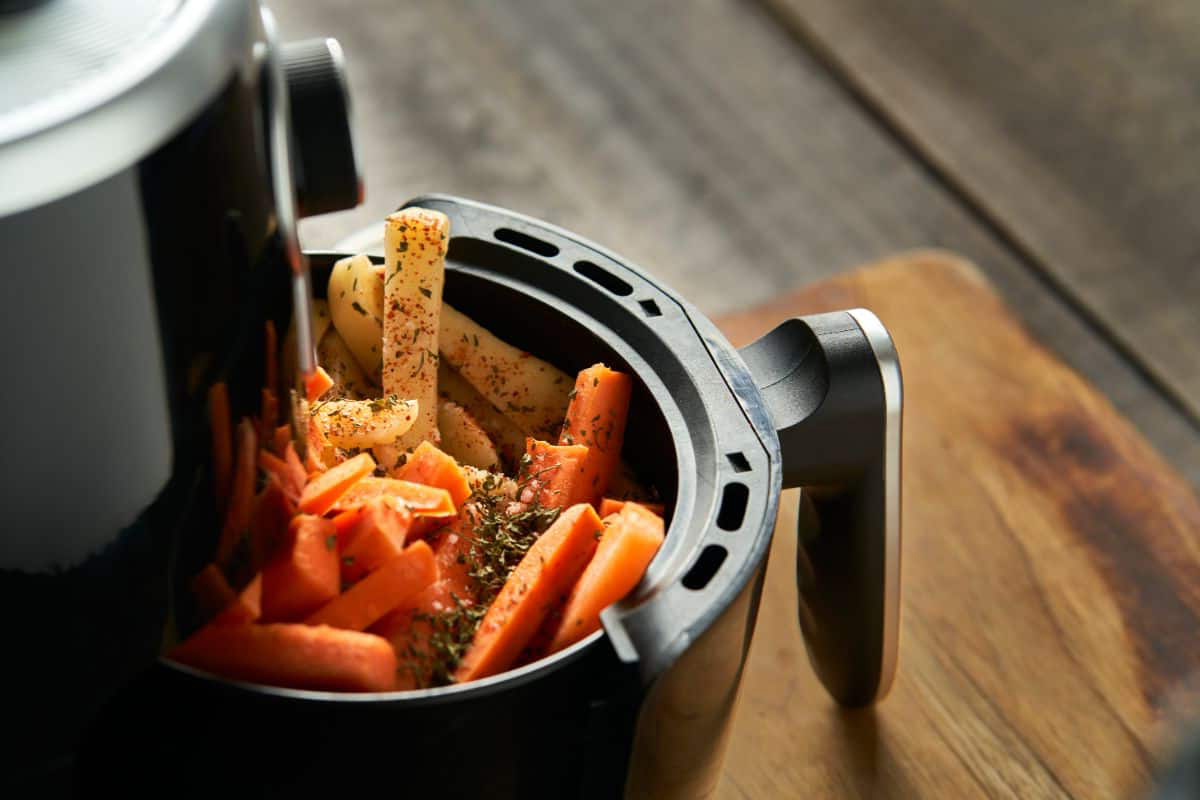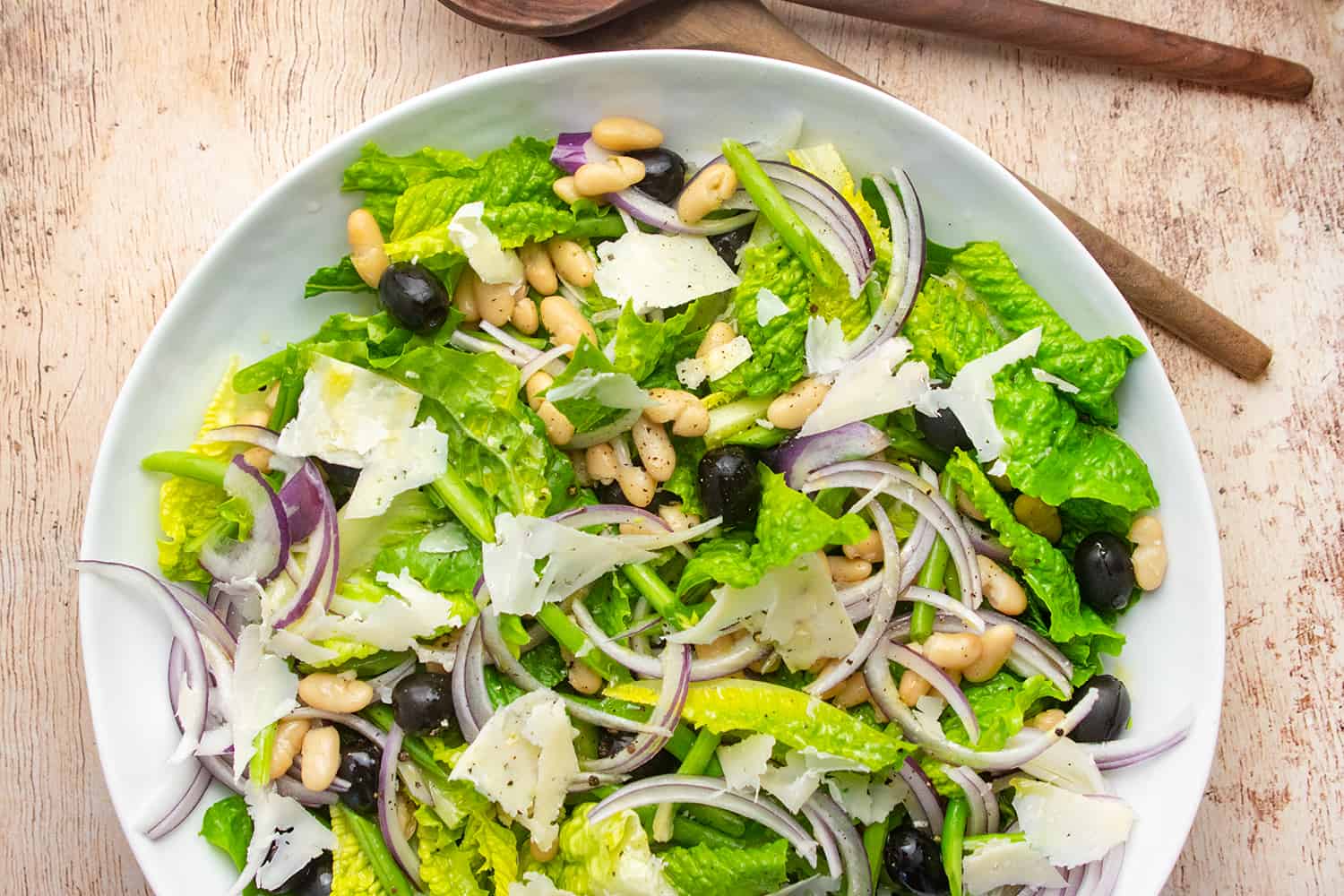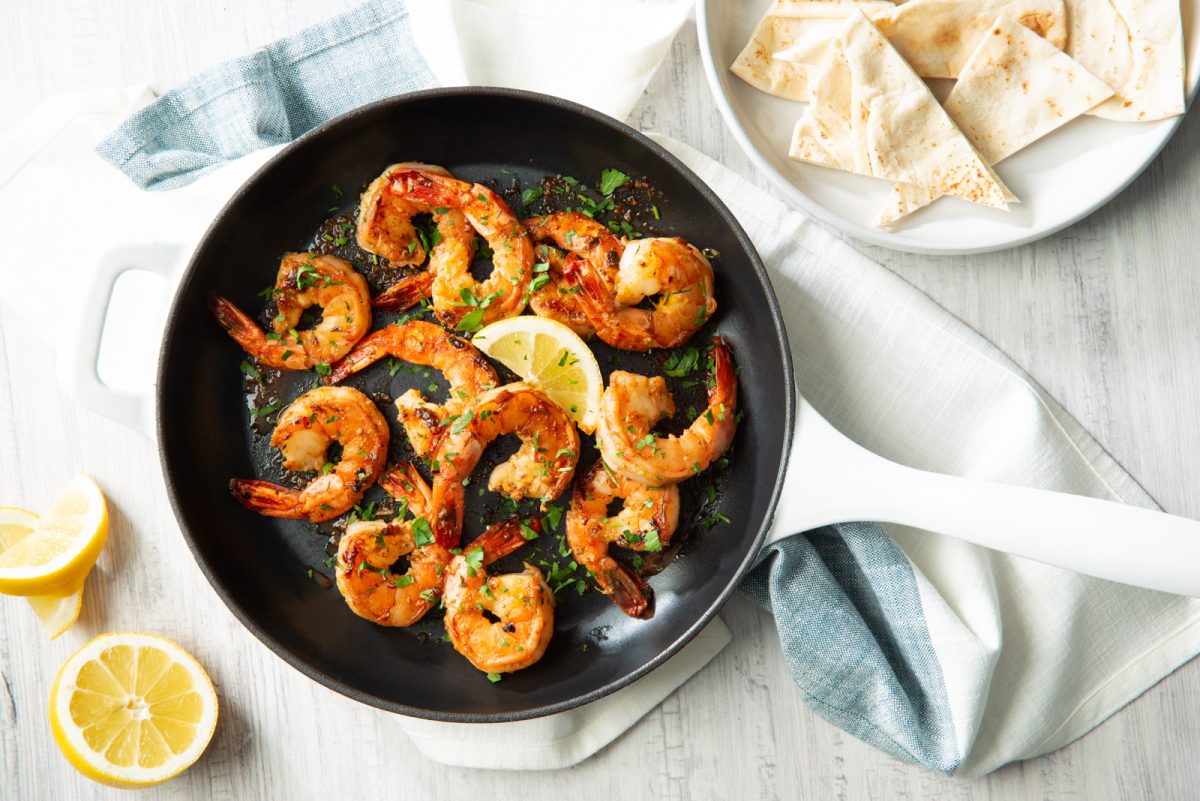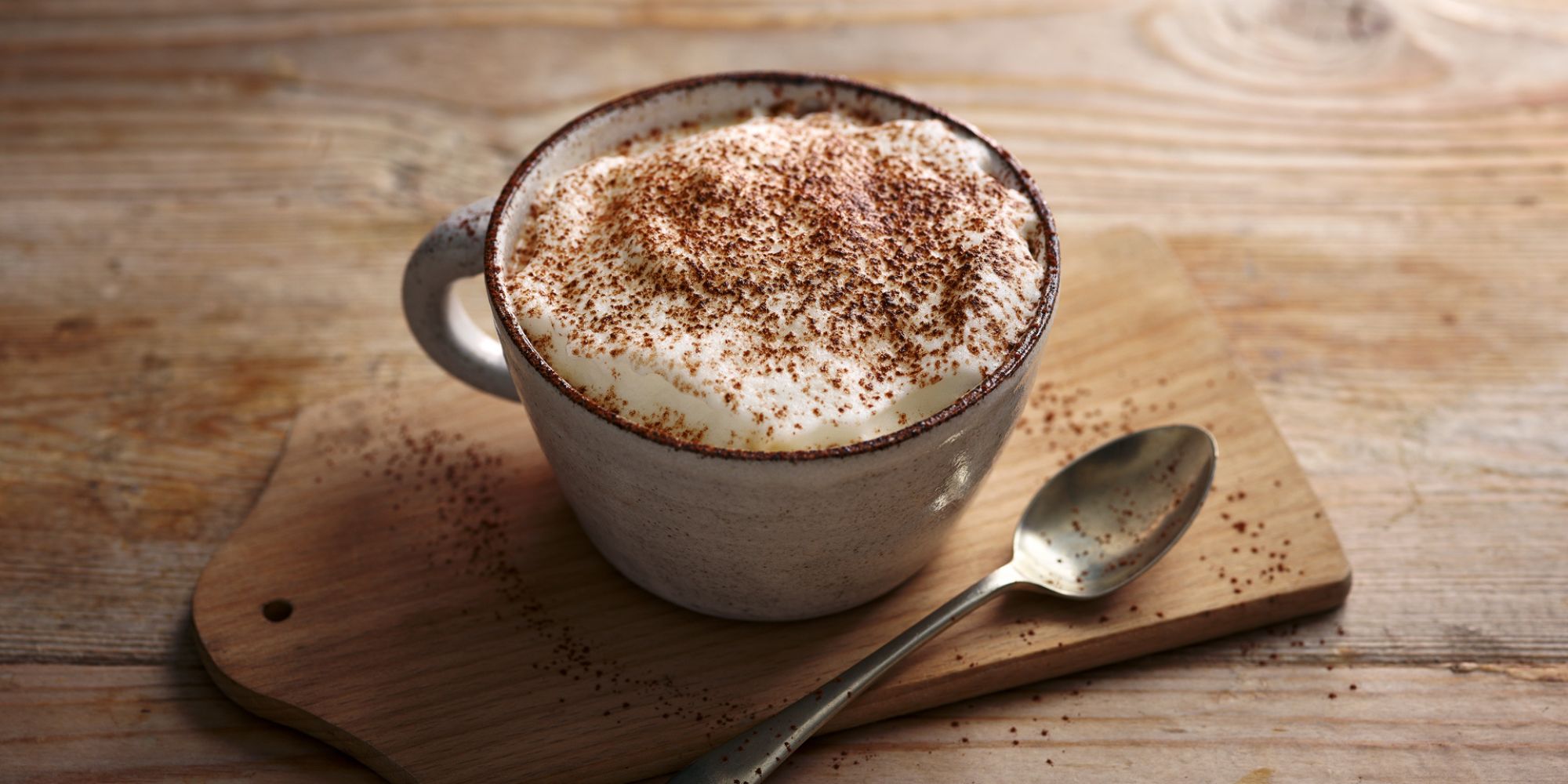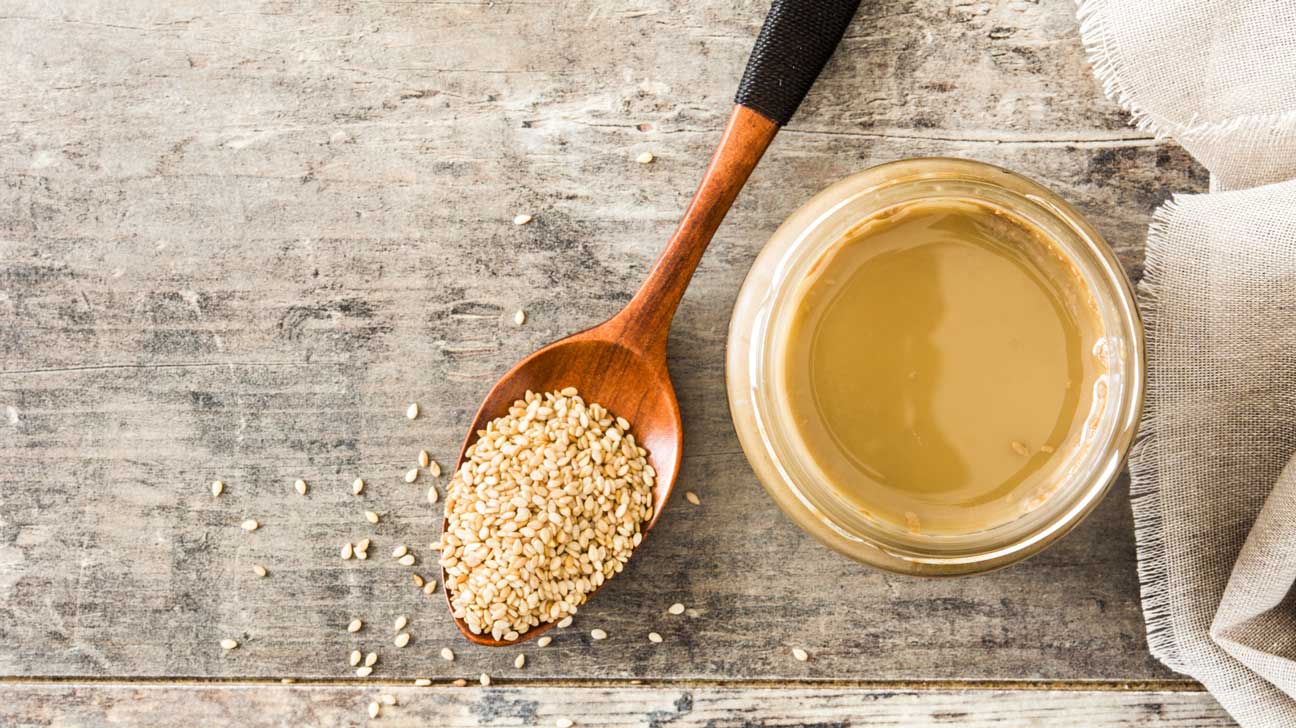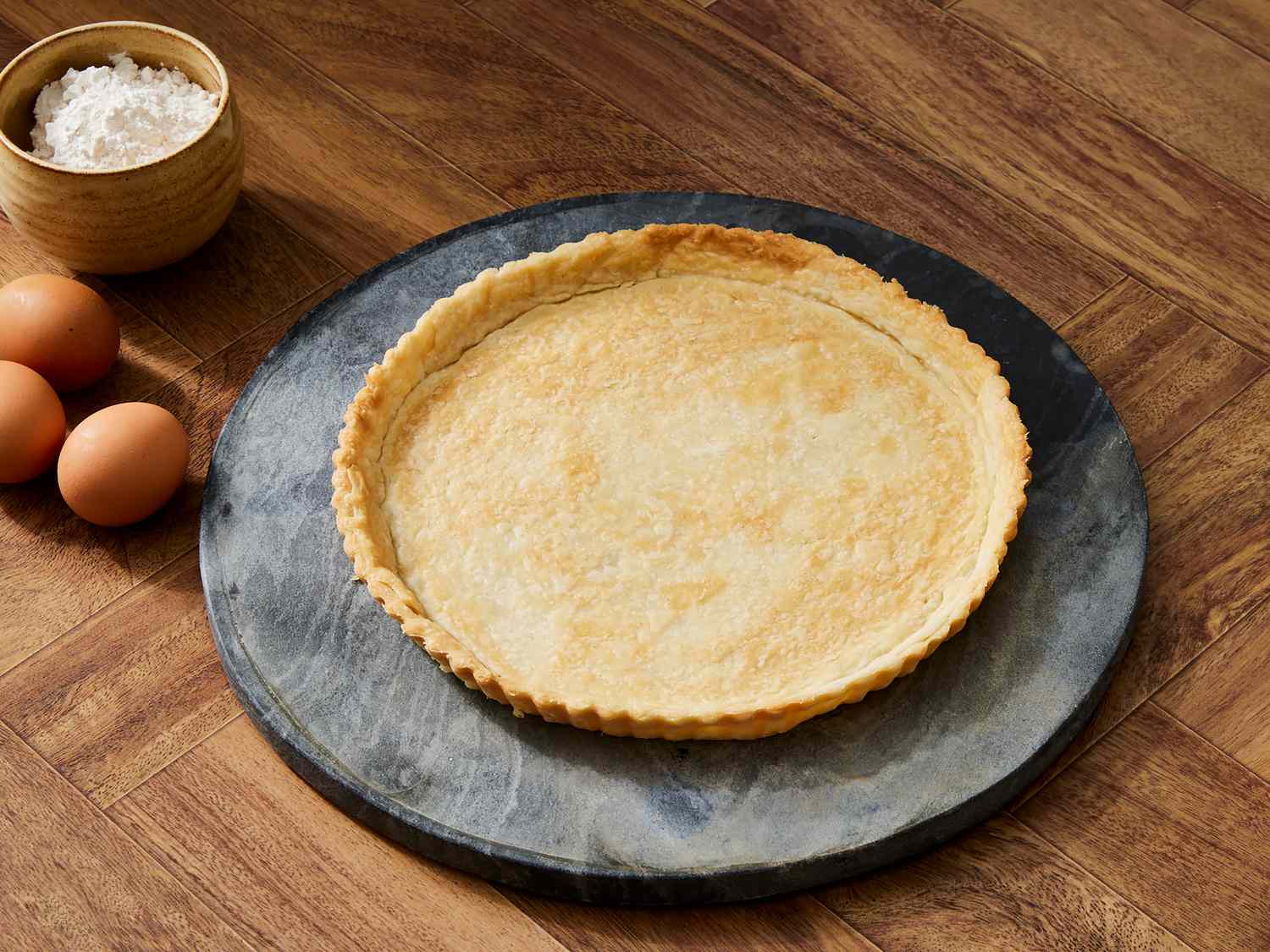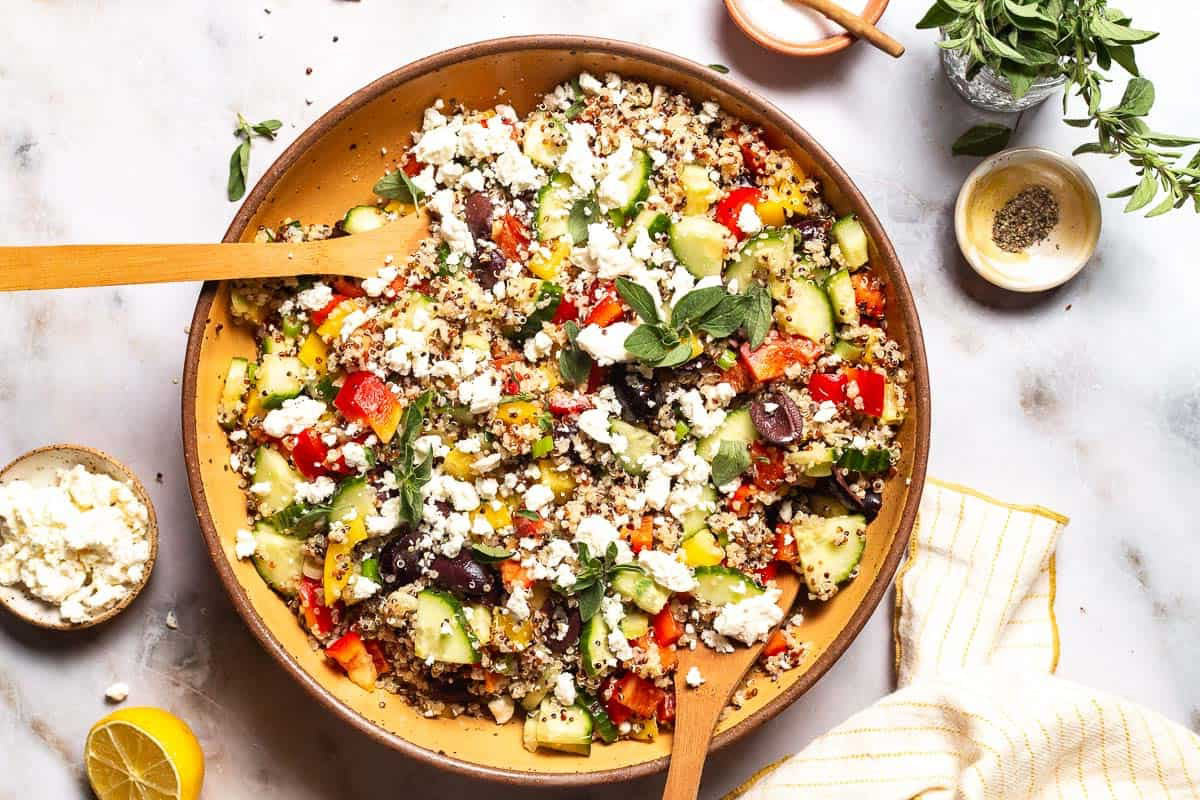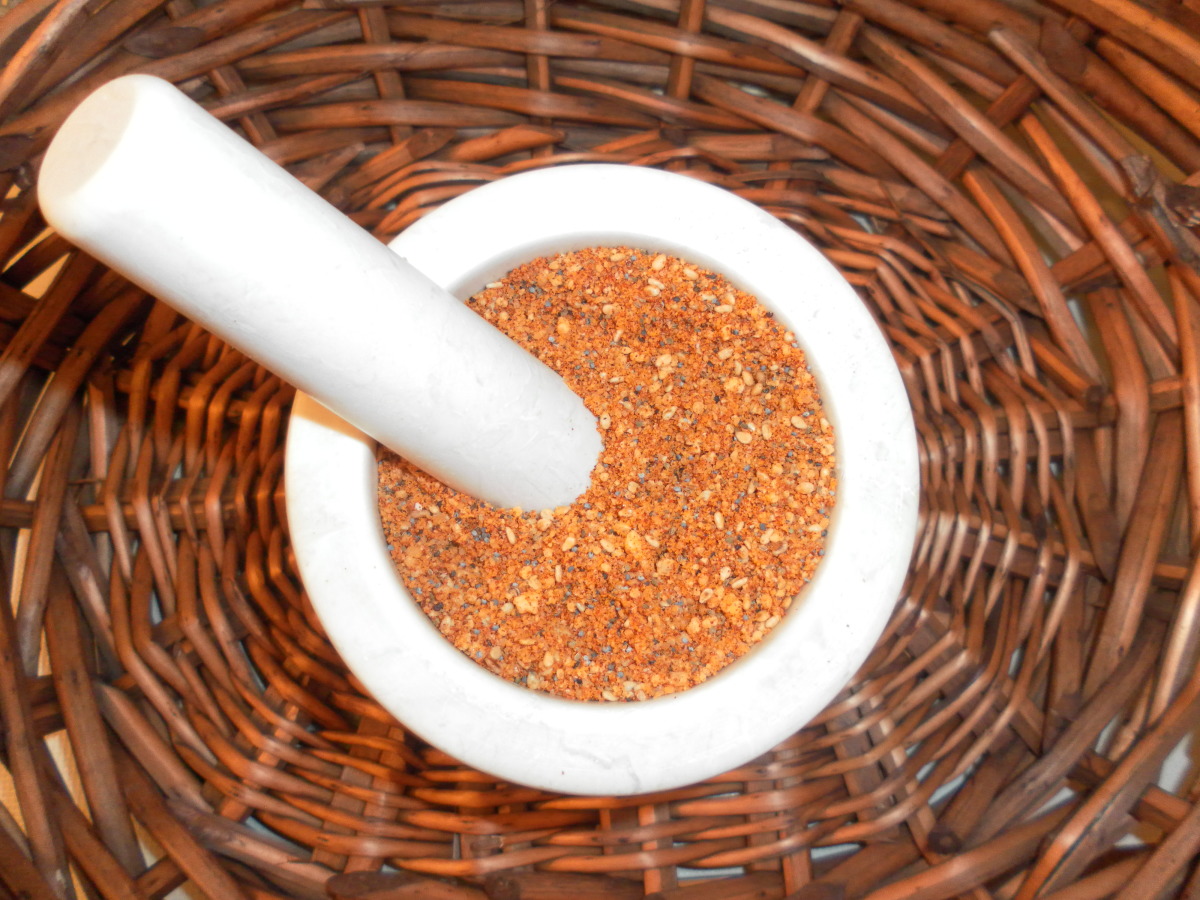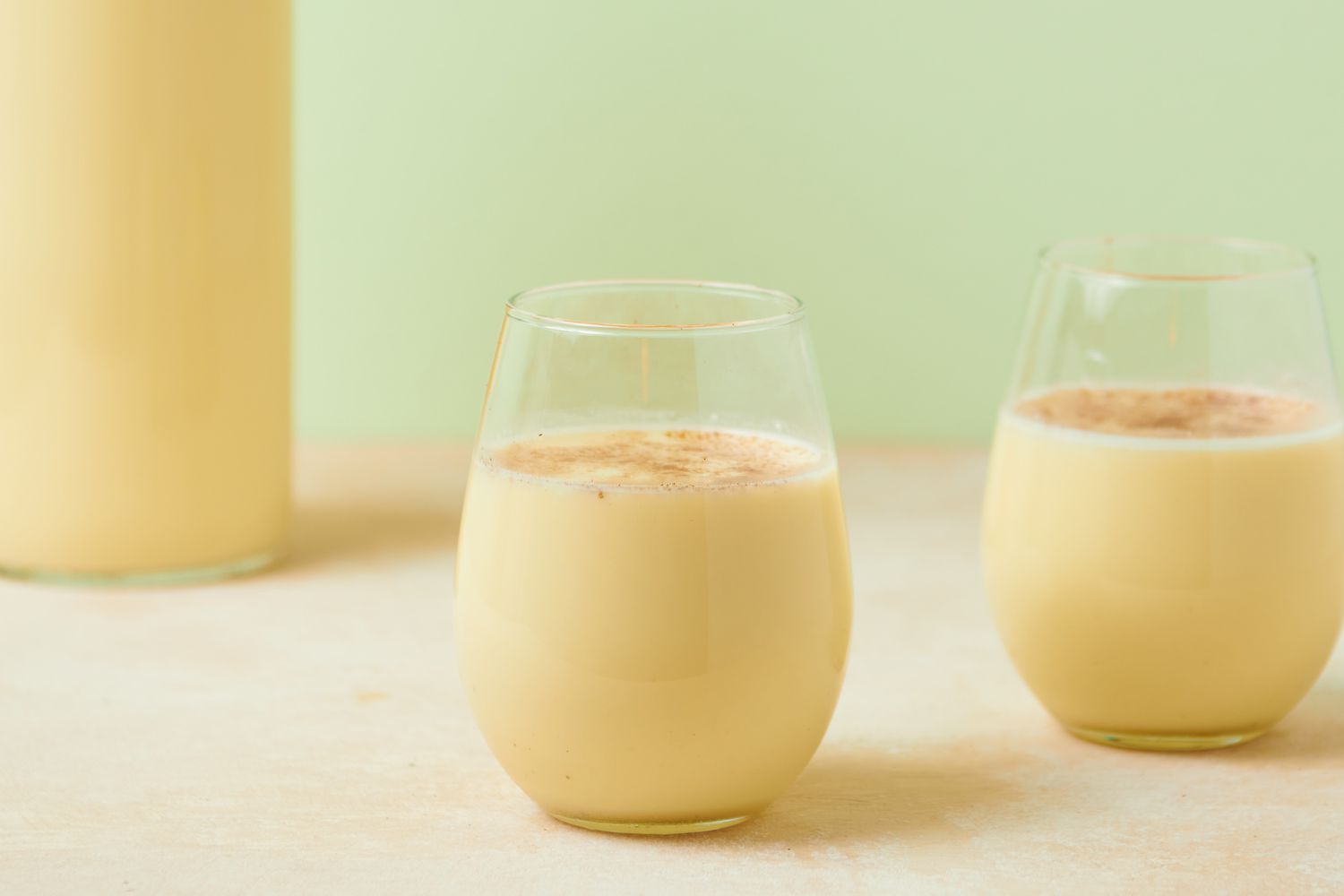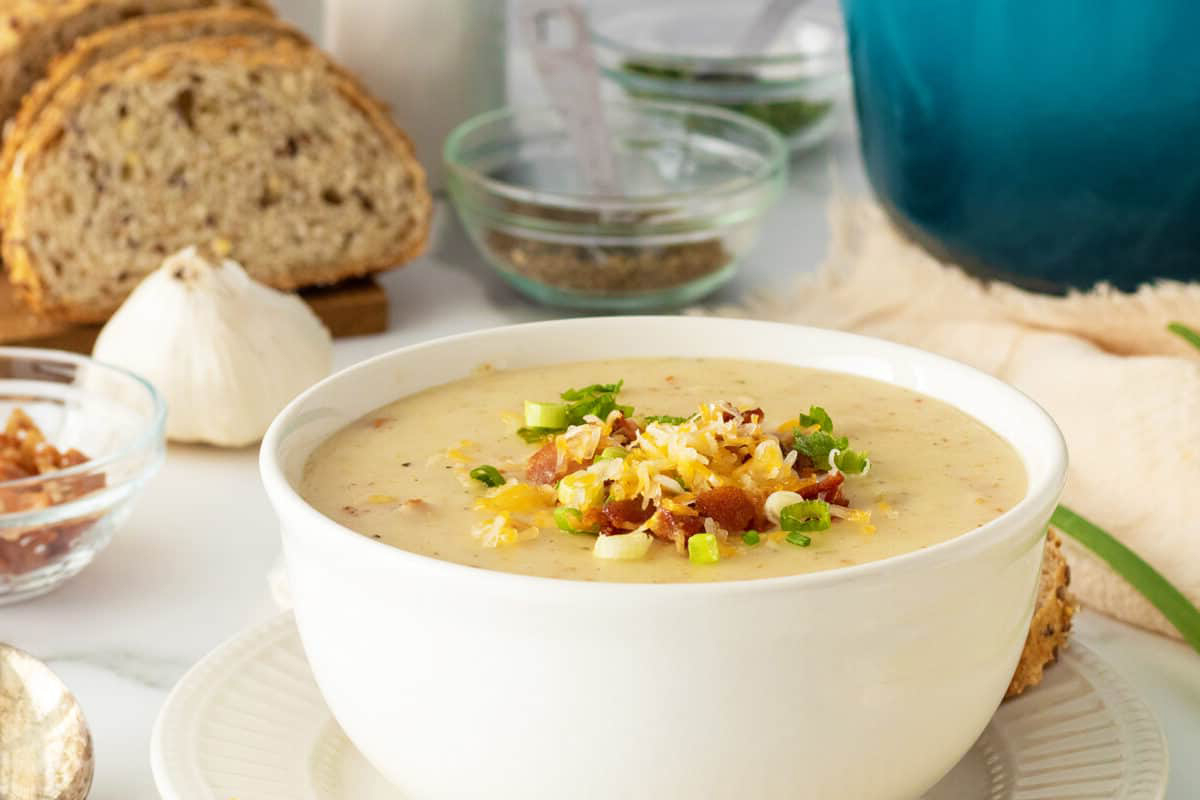Unraveling the Delicious Mystery of Za’atar
Are you a fan of Middle Eastern cuisine? If so, you’ve probably encountered the aromatic and flavorful spice blend known as za’atar. This beloved seasoning has been a staple in Middle Eastern cooking for centuries, adding a unique and irresistible taste to a variety of dishes. But have you ever wondered what exactly za’atar is made of? Let’s delve into the delicious mystery of this beloved spice blend.
The Ingredients of Za’atar
Za’atar is typically made from a combination of several key ingredients, each contributing to its distinctive flavor profile. While the exact recipe may vary from region to region and from family to family, the core components of za’atar often include:
- Wild Thyme: Also known as “za’atar” in Arabic, this herb is a fundamental element of the spice blend. It contributes a fragrant, earthy flavor that is central to za’atar’s appeal.
- Sesame Seeds: These tiny, nutty seeds add a delightful crunch and a hint of richness to the za’atar blend.
- Sumac: Known for its vibrant red color and tangy, citrusy flavor, sumac is a key ingredient that gives za’atar its distinctive tartness.
- Salt: A touch of salt helps to balance the flavors and enhance the overall taste of the spice blend.
- Other Herbs and Spices: Depending on the specific recipe, za’atar may also contain additional herbs and spices such as marjoram, oregano, cumin, and coriander, adding layers of complexity to the blend.
The Versatility of Za’atar
One of the reasons za’atar has gained widespread popularity is its incredible versatility. This flavorful blend can be used in a myriad of ways, adding a burst of flavor to various dishes. Here are just a few ways you can enjoy za’atar:
- Seasoning for Bread: Sprinkle za’atar on flatbreads, pita, or focaccia before baking for a delicious and aromatic twist.
- Salad Topping: Add a sprinkle of za’atar to your favorite salads for an extra punch of flavor.
- Marinade for Meat: Create a za’atar-infused marinade for chicken, lamb, or fish to elevate the taste of your grilled or roasted meats.
- Dip for Bread and Olive Oil: Mix za’atar with olive oil for a delectable dip for fresh bread.
- Seasoning for Vegetables: Roast or grill vegetables with a dusting of za’atar for a flavorful and aromatic side dish.
Exploring the Origins of Za’atar
Za’atar holds a special place in Middle Eastern cuisine and culture, with a rich history that dates back centuries. In addition to its culinary uses, za’atar has been associated with various symbolic and medicinal meanings in Middle Eastern traditions. The exact origins of za’atar are deeply rooted in the region’s history, and its significance extends beyond its role as a mere spice blend.
Whether you’re a seasoned fan of Middle Eastern cuisine or new to the world of za’atar, exploring the ingredients and uses of this beloved spice blend can open up a world of culinary possibilities. With its aromatic blend of herbs and spices, za’atar continues to captivate taste buds and add a distinctive flair to dishes around the globe.
So, the next time you reach for a sprinkle of za’atar, take a moment to appreciate the rich flavors and cultural significance packed into this humble yet extraordinary spice blend.
Was this page helpful?
Read Next: What Is A Quarter Pounder

